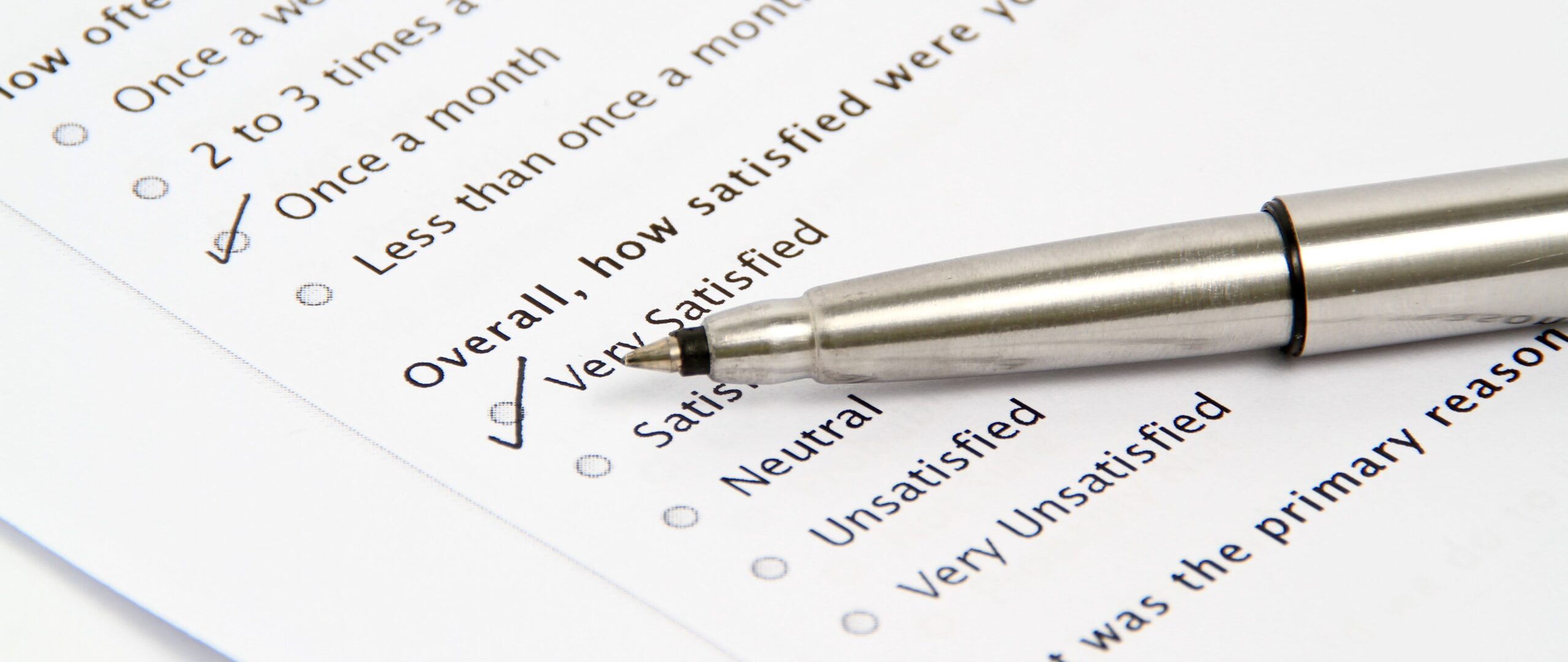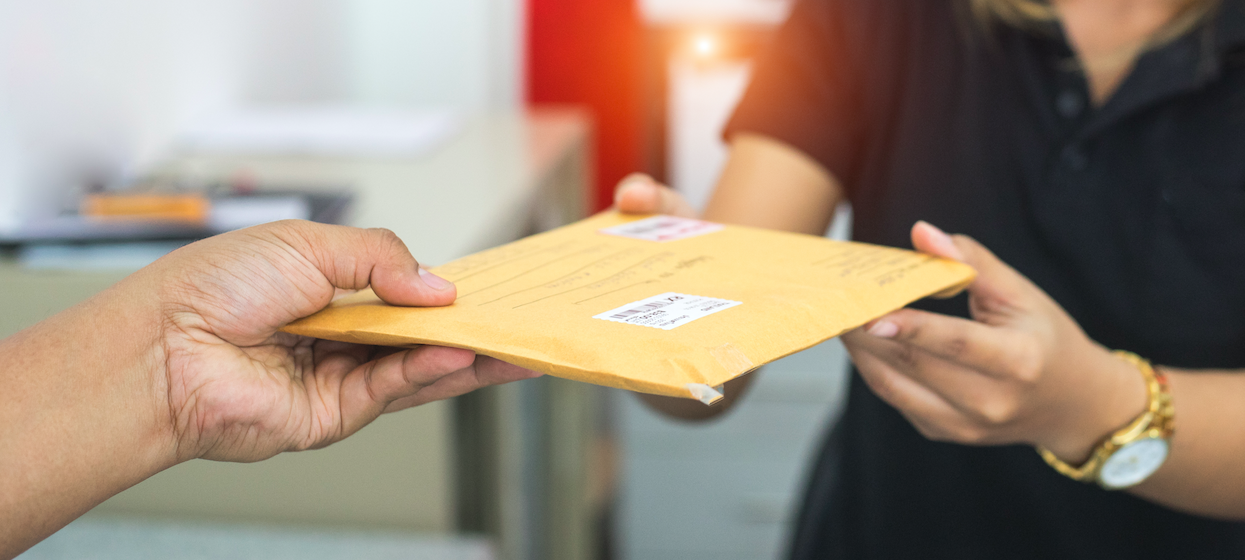Establishing a budget for your survey project is challenging. There are many facets to consider. It’s tempting to pull a number out of the air that sounds reasonable and then fit the costs for your survey within that pre-determined budget.
That’s an easy way to set your budget. But, it’s far from the best way.
It’s more effective for you to meet your budgeting challenges head-on. Take the time you need to consider your survey objectives and the costs associated with each step of the project. Only then will you be confident that your budget supports the success of your project.
Work Backwards from Your Expected Response Rate
Your expected response rate is an important budget driver. It impacts your sample size as well as the number of surveys you’ll need to distribute to your targeted respondents. As you know, your response rate will vary based on several factors. A few of these include:
• Questionnaire length
• The complexity of the questions
• The importance respondents place on the survey
• Availability of incentives
• The level of personalization
Every survey project is different. However, every project benefits from achieving the highest response rate possible. Here is an overview of a few factors that influence both your budget and your response rate.
Buying Lists
If you don’t already possess a list of targeted respondents, you’ll need to purchase one. The size of your list will depend on how large of a sample size you need as well as your expected response rate.
Printing Survey Materials
The costs associated with printing your survey materials represent a significant portion of your budget. Consequently, printing is a good area to focus on in your attempt to control costs. Depending on the needs of your project, you can make printing decisions that could result in spending as little as five cents or as much as five dollars per survey. How many copies you need to print is one factor. The aesthetics of those surveys is another factor. You can print one, two, three, or four-color surveys. You must also decide on the number of pages, binding, and the weight of the paper. Every decision affects your costs.
Multiple Mailings
Depending on the methodology of your project, it may be beneficial to conduct multiple mailings. Mailing survey packets, follow-up post cards, and replacement survey packets add to your overall cost. You must be careful to balance your expenses with the impact you believe each mailing will have on boosting your response rate.
Consider Offering Incentives
To reduce printing costs and expenses associated with multiple mailings, you should consider offering an incentive to increase your response rate. Research in this area has shown that incentives can double response rates. If you choose to offer incentives, you’ve created another budgetary challenge. First, the price of the incentive increases your budget. Second, research shows that you can expect diminishing returns. So, you must be careful to choose an incentive value that balances cost and effectiveness.
Build Your Budget Around Your Survey
The best approach to overcoming your survey budgeting challenges is to base your budget on the cumulative projected costs of your survey. That’s because you’ll be starting with a clear view of your survey objectives and you can decide how to reach them based on the actual costs of your many options. If you instead start with a specific budget amount, you may find that you’ve picked a dollar figure that bears no practical relationship to your survey objectives. By constraining yourself with a budget at the outset, you shift your focus away from what matters most.
To help you build your budget around your survey, it is crucial that you consult with your survey partner early and often. Your partner will not only provide you with cost information, they will also offer recommendations that will help you save money while achieving your goals.







Leave A Comment